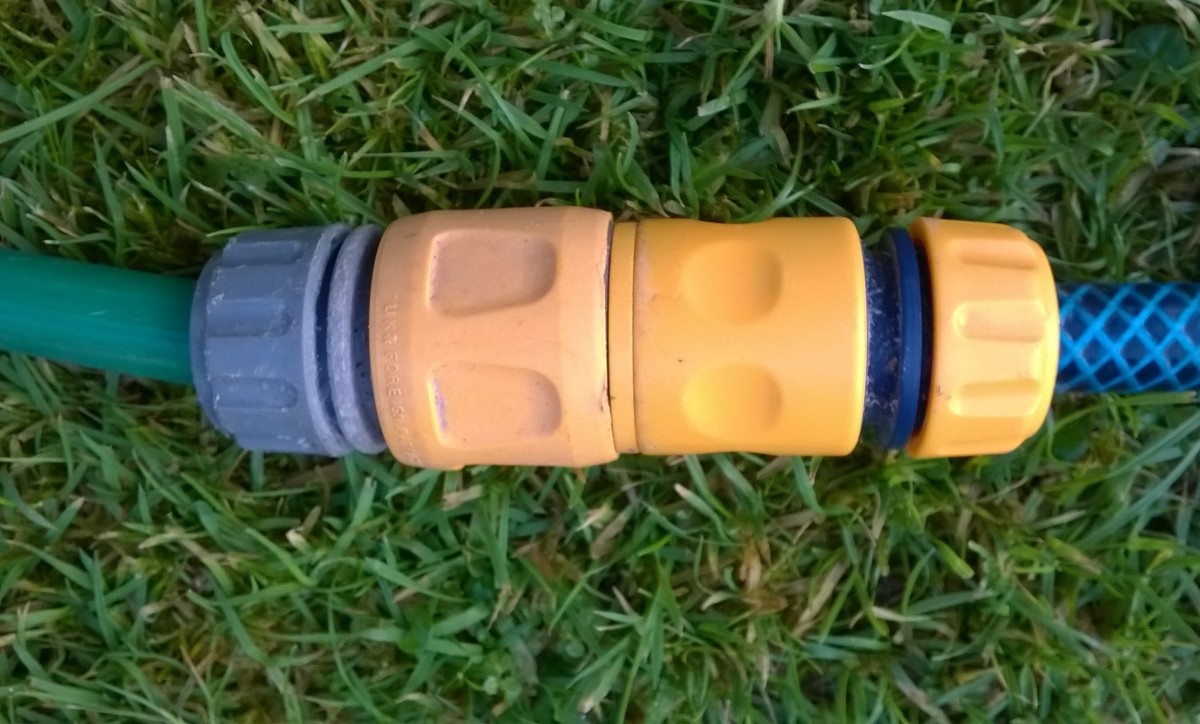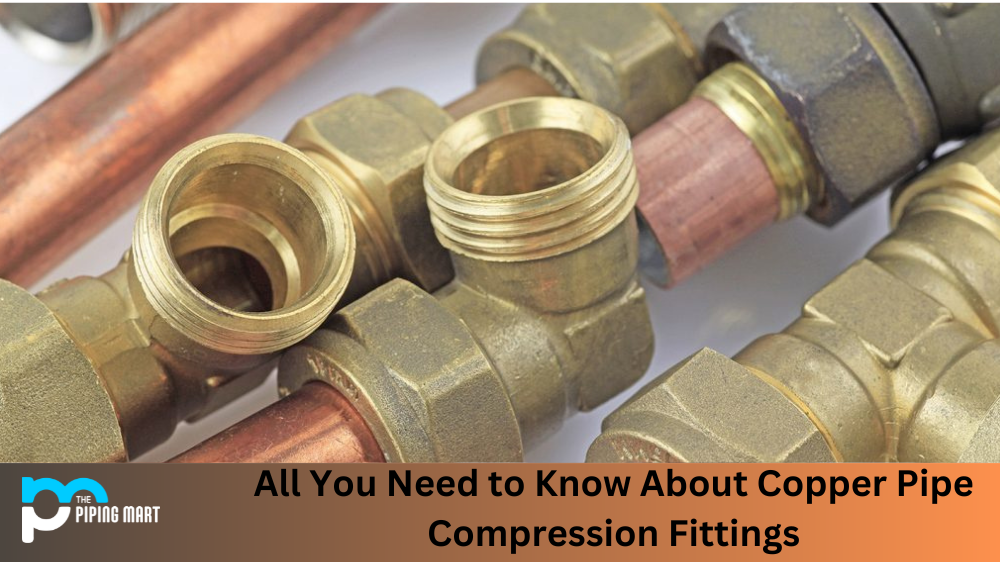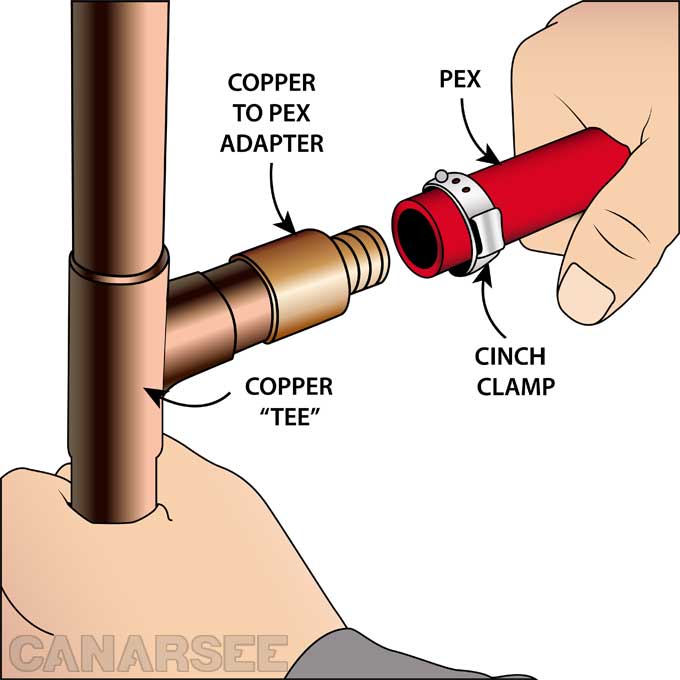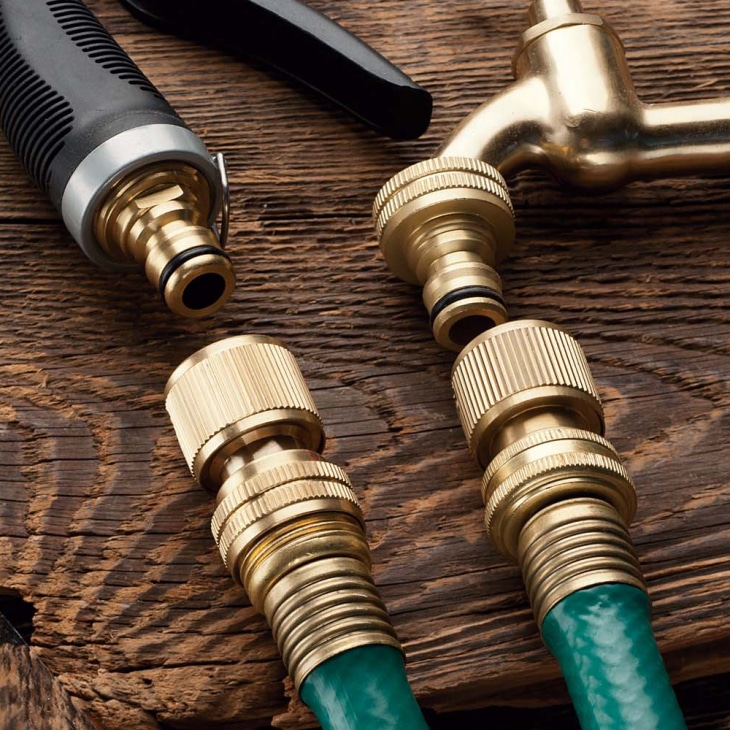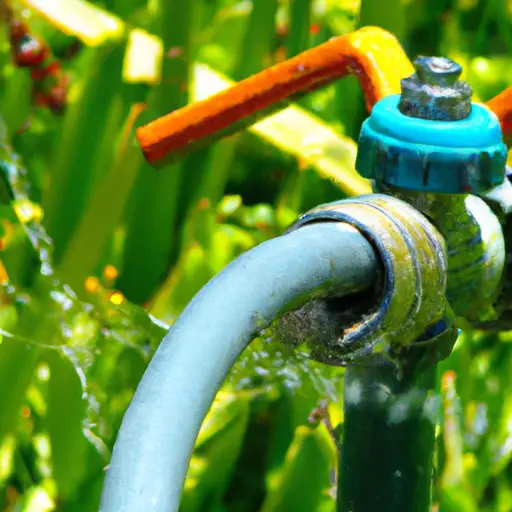Can You Connect More Than One Copper Bullet Hose Together

The question of whether multiple Copper Bullet hoses can be connected together has become a surprisingly common query among homeowners and gardening enthusiasts. This comes as more people embrace this particular brand of expandable garden hose. This article explores the possibilities, limitations, and potential implications of connecting multiple Copper Bullet hoses.
At the core of the debate is a simple, yet crucial question: Can users extend the reach of their Copper Bullet hose by linking it to another? Understanding the manufacturer's guidelines and the technical aspects of hose connections is vital for both optimal performance and preventing damage. This exploration avoids marketing hype and focuses on providing factual information.
Manufacturer's Guidelines and Technical Specifications
The Copper Bullet hose, known for its expandable design and purported durability, has gained popularity for various outdoor tasks. However, official statements from the manufacturer, typically found on their website or product packaging, remain the primary source for understanding their stance on connecting multiple hoses. Some manufacturers explicitly advise against connecting multiple hoses, citing concerns about reduced water pressure and potential strain on the hose material and connectors.
In contrast, if the manufacturer explicitly allows it, it's crucial to follow their specific instructions. The connectors used on the Copper Bullet hoses, typically made of brass or reinforced plastic, are designed to withstand a certain amount of pressure. Connecting multiple hoses increases the total length and can significantly reduce water pressure at the nozzle end.
This pressure drop can affect the efficiency of watering plants, washing cars, or performing other tasks that require a consistent water flow.
Potential Problems with Connecting Multiple Hoses
Connecting multiple Copper Bullet hoses together can lead to several problems. Water pressure is the most obvious. The longer the hose, the greater the friction and resistance, leading to a noticeable drop in water pressure at the output end.
This is due to friction loss, where the water loses energy as it moves along the internal walls of the hose. Stress on the Connectors is another consideration. The connectors, often made of brass or plastic, may not be designed to handle the combined weight and pressure of two or more filled hoses.
This can result in leaks, or even complete connector failure. Additionally, there's the risk of hose damage. The expandable nature of the Copper Bullet hose means that it stretches under pressure.
Connecting multiple hoses significantly increases the strain on the material, particularly at the connection points, potentially leading to bursts or tears.
Alternative Solutions for Extended Reach
For those needing extended reach, several alternatives exist that can mitigate the risks associated with connecting multiple Copper Bullet hoses. Purchasing a single, longer hose is often the most straightforward solution. This eliminates the connection point that is most vulnerable to leaks and pressure loss.
Investing in a higher-quality hose with a wider diameter can also help maintain adequate water pressure over longer distances. Another option is to consider using a water pump. A pump can be placed inline to boost the water pressure, compensating for the pressure loss caused by a longer hose.
Finally, for those with extensive gardens or landscaping, installing additional spigots at strategic locations can significantly reduce the need for extremely long hoses.
User Experiences and Anecdotal Evidence
Online forums and review sites are filled with anecdotal accounts from users who have experimented with connecting multiple Copper Bullet hoses. Some users report success, particularly when using only two hoses and ensuring a strong, leak-proof connection. However, these users often acknowledge a noticeable drop in water pressure.
Other users describe experiencing leaks, connector failures, and even hose bursts. These negative experiences often highlight the importance of adhering to the manufacturer's recommendations and avoiding the connection of multiple hoses whenever possible.
It's important to remember that anecdotal evidence is not a substitute for professional advice or manufacturer guidelines.
Conclusion
While connecting multiple Copper Bullet hoses may seem like a convenient solution for extending reach, the potential risks and drawbacks should be carefully considered. Reduced water pressure, stress on connectors, and the risk of hose damage are all valid concerns.
Consulting the manufacturer's guidelines and exploring alternative solutions, such as purchasing a longer hose or installing additional spigots, is generally recommended. Ultimately, prioritizing safety and optimal performance should guide any decision regarding hose connections. Always use caution and perform tests in open spaces.

